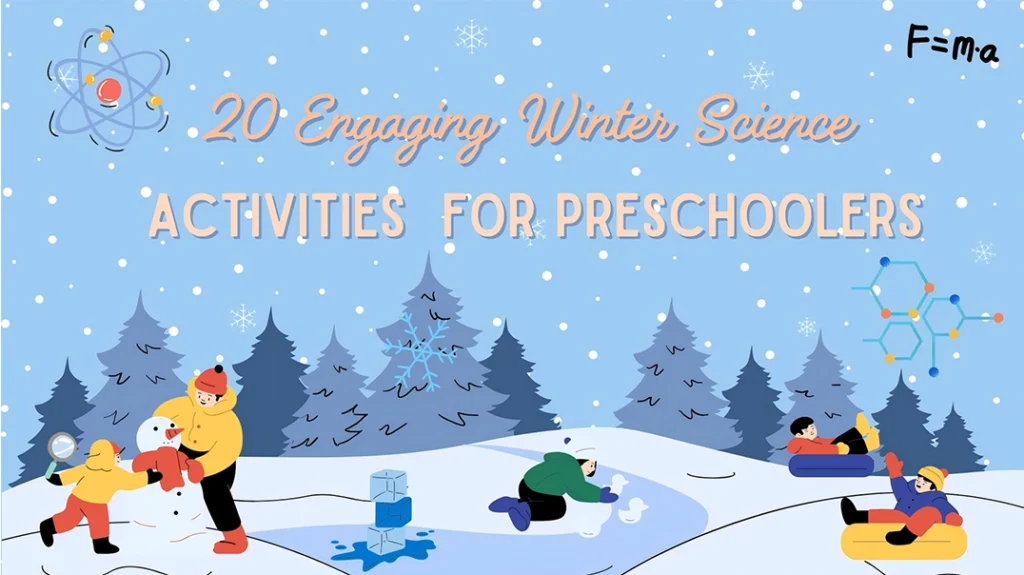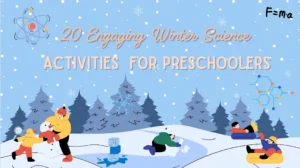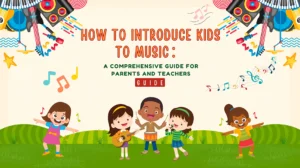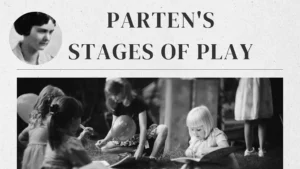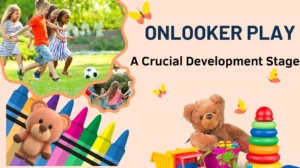Imagine your preschoolers watching “snow” form instantly, exploring melting ice with warm water, or discovering how salt changes temperature. With the right Winter Science Activities for Preschoolers, the season turns into a hands-on classroom full of wonder. Children stay excited, focused, and eager to explore, giving you the perfect chance to support meaningful, play-based learning.
And you can bring all of this to life starting today. Keep reading, and I’ll walk you through 20 engaging Winter Science Activities for Preschoolers, each with simple materials and easy-to-follow steps. With these ideas, winter learning becomes effortless, magical, and full of discovery.
What are the benefits of Winter Science Activities for Preschoolers?
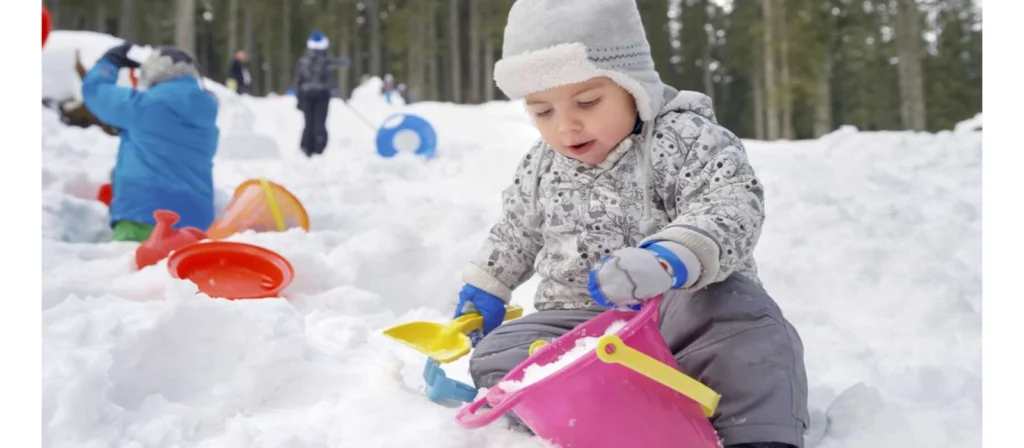
Winter offers a natural setting for early scientific exploration. With well designed Winter Science Activities for Preschoolers, children can observe real seasonal changes and connect hands on experiences to scientific ideas.
- Winter science strengthens early thinking skills. Preschoolers learn to observe, predict and compare as they watch snow melt or ice change shape. These simple processes create a foundation for later scientific understanding.
- Language development increases during seasonal exploration. Cold, smooth, solid or slippery become meaningful words when paired with real sensory experiences during winter activities for kids.At the same time, sensory activities can also enhance children’s memory and engagement, promoting their more positive and holistic development.
- Emotional regulation improves through calm, predictable science play. Slow paced activities such as warm water exploration or melting ice help children focus and manage winter energy levels.
- Fine and gross motor skills develop naturally. Scooping, squeezing droppers and gently transferring ice support hand strength, while outdoor exploration encourages whole body movement.
- Seasonal science builds a sense of connection to nature. Observing frosty windows, shadows or snow crystals encourages children to notice patterns in the world.
Thoughtfully planned Winter Science Activities for Preschoolers turn cold days into meaningful learning moments that strengthen skills across many developmental areas.
20 Winter Science Activities for Preschoolers
1. Melting Ice Snowman
Intro:
This charming activity invites children to meet their own little ice snowman and watch how it slowly changes with warmth. As they drip warm water and sprinkle salt, preschoolers naturally begin asking questions about melting, temperature, and how ice reacts. It transforms a simple moment into a gentle early science discovery.
Need thing: Ice cubes, carrot, buttons, salt, warm water, dropper
How:
- Build a snowman with ice cubes.
- Drip warm water on the ice.
- Sprinkle salt and observe melting.
2. Frozen Bubble Experiment
Intro:
Watching a delicate bubble turn into a shimmering frozen globe feels like winter magic. As children blow bubbles into the cold air, they observe patterns forming right before their eyes. It is a beautiful way to introduce states of matter while encouraging outdoor curiosity and wonder.
Need thing:Bubble solution, straw, cold outdoor weather
How: Blow bubbles outdoors and observe frozen patterns.
3. Snow Volcano
Intro:
This snowy twist on the classic baking soda volcano makes science feel like an adventure. Children love watching their colorful “eruption” burst through the snow. It encourages excitement about chemistry and gives them a hands-on way to explore cause and effect.
Need thing:Baking soda, vinegar, food coloring, snow
How: Place a cup in snow, add baking soda + dye, pour vinegar.
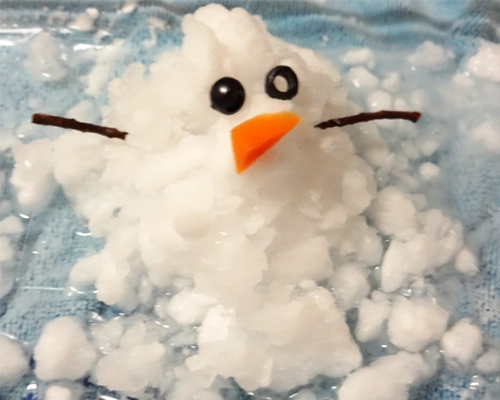
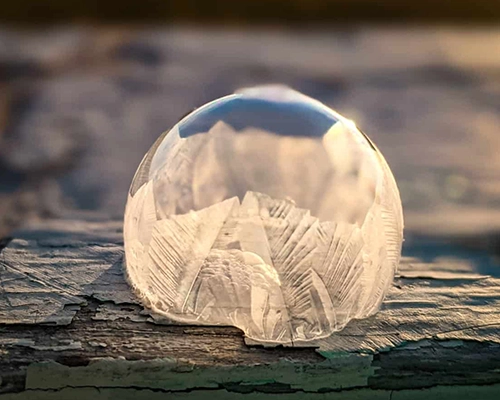
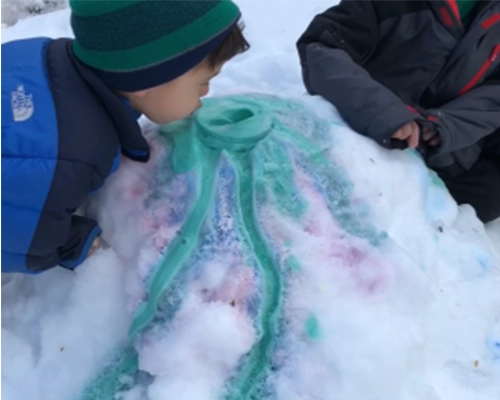
4. Snowflake Observation with Magnifying Glass
Intro:
Every snowflake carries its own tiny masterpiece. This activity helps preschoolers slow down, observe carefully, and notice the unique beauty of each crystal. Using a magnifying glass builds early investigation skills and sparks appreciation for nature’s small details.investigation skills.
Need thing: Snowflakes, dark paper, magnifying glass
How:
- Discuss shapes and patterns.
- Collect fresh snowflakes on dark paper.
- Use the magnifying glass to observe details.
5. Crystal Snowflake Borax Experiment
Intro:
Children love creating sparkling snowflakes that look like they came straight from a winter fairy tale. As they watch crystals form overnight, they are introduced to basic chemistry in an enchanting and memorable way. It blends creativity with scientific observation.
Need thing: Borax, hot water, jar, pipe cleaners
How: Shape snowflake, mix borax with water, soak overnight.
6. Instant Snow Sensory Play
Intro:
Instant snow brings winter indoors in the softest, fluffiest form. Preschoolers can scoop, squeeze, and explore its cool texture while building imaginative worlds. It is a calming sensory experience that supports creativity and tactile learning.
Need thing: Instant snow powder, water, tray
How: Add water to snow powder and explore.
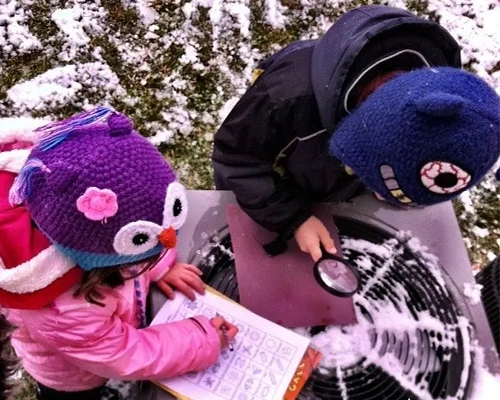
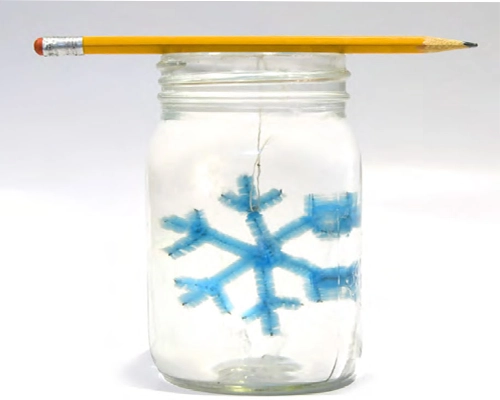

7. Ice Cube Color Mixing
Intro:
Colorful ice cubes transform melting into both a science and art activity. As the cubes soften and slide together, children watch new colors swirl and blend. It invites them to explore color theory, temperature, and change through playful experimentation.
Need thing: Colored ice cubes, tray
How: Place ice cubes and observe mixed colors.
8. Frozen Treasure Hunt
Intro:
Little scientists love discovering surprises hidden inside ice. As they work to melt the frozen block and reveal the treasures, they practice problem-solving, patience, and early experimentation. Every discovery feels like a tiny triumph.
Need thing: Ice block, toys, warm water spray bottle
How: Freeze toys, let kids melt to uncover.
9. Snowball Launch STEM Challenge
Intro:
This playful STEM challenge encourages children to test how far a soft snowball can fly. By experimenting with angles and force, preschoolers unknowingly explore physics concepts that feel like pure fun. It promotes hands-on problem-solving and movement.
Need thing: Cotton balls, spoon, rubber band
How: Build a launcher and test distances.

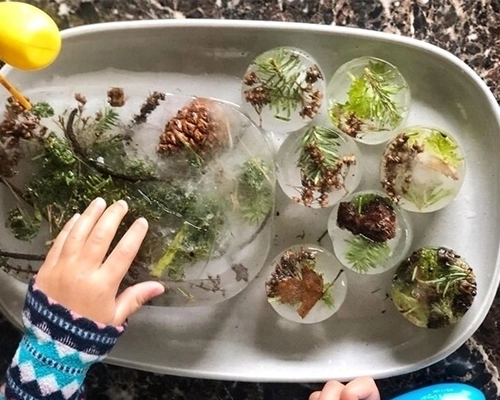
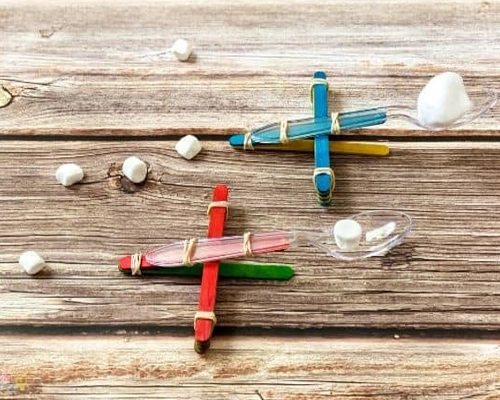
10. Winter Animal Tracks in Snow
Intro:
Children become winter detectives as they explore animal tracks. Whether using real snow or flour, they learn how different animals leave unique footprints. It connects them to nature and helps them develop observation and comparison skills.
Need thing: Flour or fake snow, toy animals
How: Spread flour and press animal tracks.
11. Ice Painting
Intro:
Painting with melting, colorful ice creates artwork full of soft winter magic. Children explore changing textures, temperatures, and patterns while expressing creativity. It blends sensory play with early science in a beautifully artistic way.
Need thing:Ice cubes, paint, paper, brushes
How: Color ice and paint as it melts.
12. Salt and Ice Magic
Intro:
This activity feels like watching winter art appear right in front of you. Salt creates tiny pathways in the ice, and colored water fills the cracks with bright patterns. Children learn how materials interact while creating beautiful frozen designs.
Need thing: Ice block, salt, food coloring
How: Sprinkle salt and drip color.

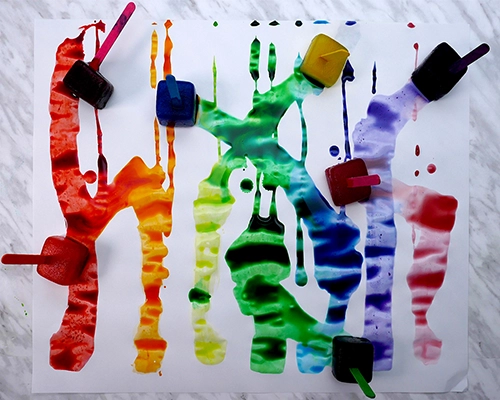

13. Winter Sink or Float
Intro:
A simple tub of water becomes a winter discovery station as children test whether pinecones, twigs, or ice will sink or float. They make predictions, observe results, and explore the properties of different natural materials.
Need thing:Water bin, pinecones, twigs, ice
How: Predict and test each item.
14. Arctic Animal Blubber Experiment
IThis hands-on experiment helps children understand how Arctic animals stay warm in icy waters. As they try the “blubber glove,” they instantly feel the difference insulation makes. It connects scientific ideas to real animal adaptations in a meaningful way.
Need thing: Two bags, shortening, ice water
How: Create blubber glove and test warmth.
15. Snow Melting Race
Intro:
Children love finding out which method melts snow the fastest. Warm water? Salt? Tools? It encourages them to think like young scientists, compare results, and explore how temperature affects ice and snow.
Need thing: Snow, warm water, salt, tools
How: Try different melting techniques.
16. Winter Cloud in a Jar
Intro:
Creating a tiny cloud inside a jar feels like holding a piece of the sky. Children watch warm vapor rise and meet cold air, forming mist. It is a gentle introduction to the water cycle and weather concepts that captivates young learners.
Need thing: Jar, hot water, ice, spray bottle
How: Add hot water, place ice on lid, spray.

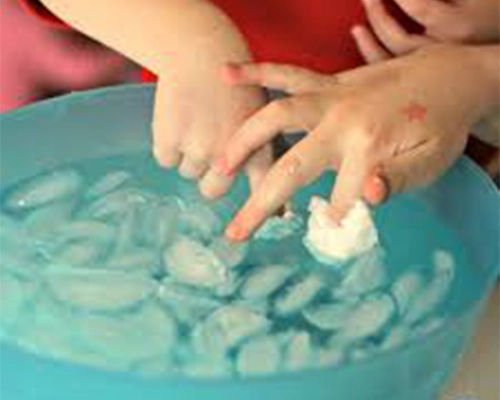
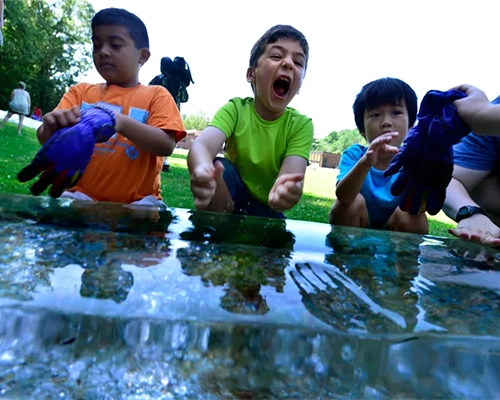
17. Penguin Balance STEM Activity
Intro:
Balancing adorable paper penguins turns into an engaging STEM challenge. Children adjust positions and weights, discovering what helps the penguins stand or tip. It supports problem-solving, fine motor skills, and joyful winter-themed learning.
Materials: Paper penguins, cardboard, pencil
How: Build balance board and test placements.
18. Ice Lantern
Intro:
Freezing water with colorful decorations creates a glowing lantern that feels magical. Children observe how water turns into solid ice while making a beautiful winter craft. It blends artistic expression with early science understanding.
Need thing: Two cups, water, decorations
How: Freeze water between cups and unmold.
19. Snow Dough
Intro:
Snow dough offers a soft, soothing texture that preschoolers love to squeeze and shape. It encourages creative play while inviting sensory exploration. Children can build pretend winter worlds and enjoy the calming feel of the dough.
Need thing: Cornstarch, lotion
How: Mix ingredients to form dough.
20. Winter Wind Experiment
Light materials like feathers and cotton balls help children see how wind moves objects. As they blow through straws, they explore airflow, force, and direction in a playful way. It is a simple experiment that brings physics to life for young learners.
Need thing: Feathers, cotton balls, straws
How: Blow objects and compare movement.


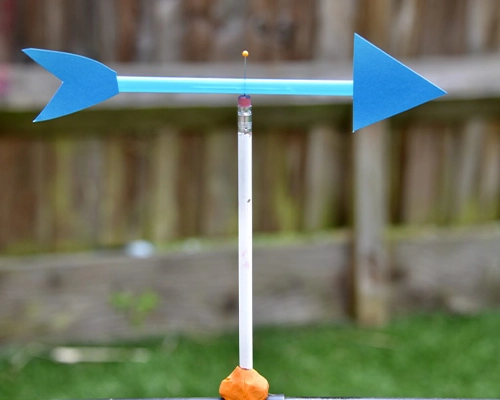
What safety precautions should be taken during preschool winter science experiments?

Safety ensures that winter science remains enjoyable and stress free. With clear preparation and supervision, Winter Science Activities for Preschoolers can be both exciting and secure for young learners.
- Temperature checks are essential. Materials should be comfortably cold or warm, avoiding extremes that could irritate sensitive skin. Testing items beforehand ensures a safe and pleasant experience.
- Close supervision supports safe handling of tools and materials. Adults should stay nearby to guide pouring, prevent slipping and reinforce simple rules during winter activities for kids.
- Safe ingredients make experiments accessible. Water, salt, baking soda and food coloring provide rich learning without unnecessary risks. Snow should be used only for observation, not tasting.
- Clear expectations help children participate safely. Simple reminders such as gentle hands and slow movements create consistent routines that children can follow easily.
- Planning for cleanup reduces discomfort. Towels, dry clothing and organized storage keep the science area safe, warm and ready for the next activity.
With the right precautions, Winter Science Activities for Preschoolers become safe, engaging opportunities for children to experiment, explore and grow during the winter season.
How to Guide Children into Winter Science Activities and Extend Their Learning?

Helping children fully engage in Winter Science Activities for Preschoolers requires intentional guidance, thoughtful questioning and meaningful extensions. Clear adult strategies transform simple experiments into rich learning experiences that encourage observation, curiosity and early scientific reasoning.
- Offer open ended questions that guide children to look closely at what is happening. Prompts such as what do you notice, what seems to be changing or what do you think might happen next encourage them to explore ideas rather than search for a single correct answer. These gentle invitations help preschoolers engage deeply in winter activities for kids and build confidence in expressing what they see and think.
- Model curiosity by sharing your own observations aloud. When adults say they are wondering why one ice cube melts faster or how snow will change when brought indoors, children learn that questioning is a natural part of science. This type of modeling encourages them to generate their own questions and pursue their interests, making Winter Science Activities for Preschoolers more meaningful and personal.
- Provide simple extensions that stretch thinking without overwhelming children. These may include using different tools, changing temperatures, adding colors or comparing similar materials. Small variations create new discoveries while keeping the structure familiar. Extending an activity helps children connect earlier observations to new outcomes, reinforcing their understanding across multiple winter activities for kids.
- Support reflection through drawing, storytelling or brief conversations. Asking children to share what surprised them, what changed or what they might try next time strengthens communication skills and helps organize their thoughts. Reflection also provides natural opportunities to introduce new vocabulary and revisit earlier predictions, which deepens long term learning from Winter Science Activities for Preschoolers.
- Encourage children to take ownership by giving them choices within the activity. Offering several containers, colors or tools allows children to test their own ideas while staying within a safe structure. When children feel ownership, they remain focused longer and show stronger curiosity across winter themed explorations.
By guiding, questioning and extending in thoughtful ways, adults help children transform simple winter experiments into meaningful scientific experiences that nurture curiosity, language and reasoning skills.
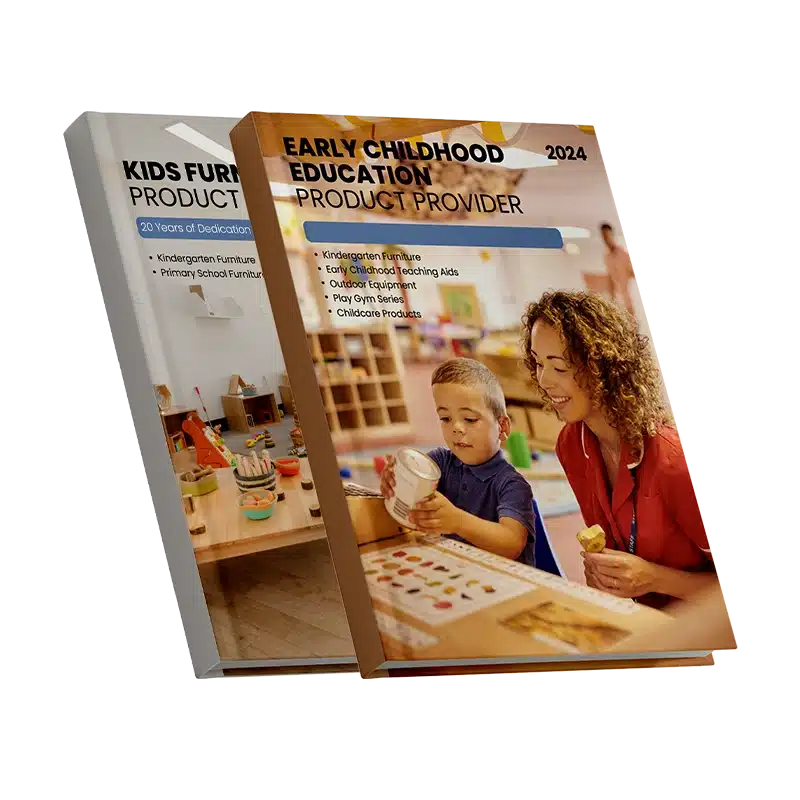
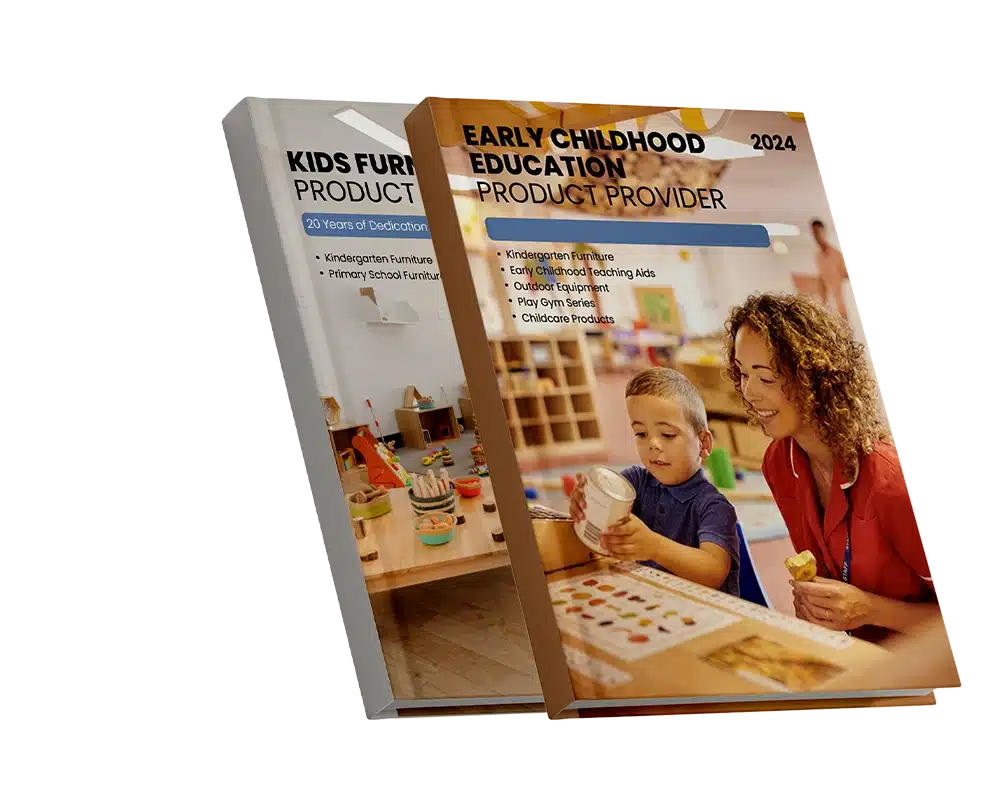
Conclusion
Winter offers endless opportunities for young children to explore the world through science. In this article, we shared a variety of Winter Science Activities for Preschoolers that turn cold-weather days into meaningful, playful learning experiences. With simple materials and hands-on exploration, children investigated states of matter, temperature changes, colors, textures, and natural winter wonders. Each activity nurtures early scientific thinking by inviting preschoolers to observe, predict, compare, and ask questions while engaging their senses and curiosity.
We also highlighted the benefits of winter science, along with practical safety tips and teaching strategies to help adults guide children effectively. By offering thoughtful prompts, modeling curiosity, and introducing small variations, teachers and parents can deepen children’s understanding while supporting language development, problem-solving, and creativity. With the right guidance, winter becomes a magical season of discovery that strengthens learning across every developmental area.
FAQs:
1. Are winter science activities safe for preschoolers?
Yes. Winter science activities are safe when adults supervise closely and materials stay at comfortable temperatures. Using simple ingredients such as water, salt, baking soda, and food coloring keeps experiments child friendly.
2. What skills do preschoolers develop through winter science?
Winter science strengthens observation, prediction, comparison, problem solving, language development, sensory exploration, and both fine and gross motor skills. These activities support early scientific thinking through hands on exploration.
3. Can these activities be done indoors?
Yes. Many winter science activities work perfectly indoors, including melting ice, color mixing, snow dough, and blubber experiments. Most require only common household materials.
4. How can I extend a child’s learning after an experiment?
Ask open ended questions, provide new tools or small variations, encourage drawing or storytelling, and help children reflect on what changed, what surprised them, and what they want to try next.
5. What if real snow is not available?
You can use instant snow, ice cubes, frozen objects, flour based snow, or winter themed sensory bins. These substitutes still allow preschoolers to explore cold weather concepts and scientific processes.

